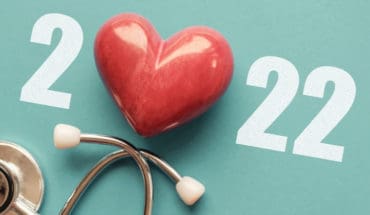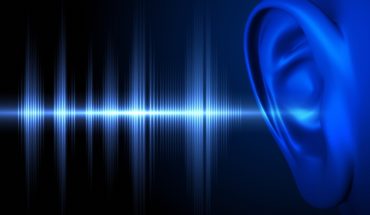GPS data could help map COVID-19 transmission risk: Human mobility data gathered from de-identified mobile devices could help map coronavirus (COVID-19) transmission and support contact tracing efforts, according to new research.
The Australian research, published today in Journal of the Royal Society Interface, analysed the Cedar Meats outbreak in Melbourne, the Crossroads Hotel outbreak in Western Sydney and community transmission in Victoria between June and July 2020.
The transmission patterns were then compared to near-real-time population mobility GPS data gathered from the Facebook Data for Good program.
Lead author and infectious disease dynamics researcher Dr Cameron Zachreson from the University of Melbourne said the study found that the de-identified GPS data could effectively be used to identify geographical areas with heightened COVID-19 transmission risk.
“Our goal was to provide useful information to help contact tracing efforts while at the same time ensuring that the privacy of individuals was never compromised,” Dr Zachreson said.
Study co-author and disease computational modelling researcher Associate Professor Nic Geard said containing COVID-19 outbreaks requires rapid response and a need to anticipate which populations and locations are at heightened risk of exposure.
“Current prediction models often rely on static, sometimes dated, depictions of people’s movement. Using realistic mobility information, as shown in the study, is likely to result in more effective containment policies,” Associate Professor Geard said.
The study was conducted in consultation with researchers from the Peter Doherty Institute for Infection and Immunity – a joint venture between the University of Melbourne and the Royal Melbourne Hospital.
Researchers from University of Adelaide, Monash University and the University of New South Wales also contributed to the study
- Gut microbiome could delay onset of type 1 diabetes - 3rd April 2025
- The da Vinci 5 Robot Is Set To Transform Bariatric Care: - 31st March 2025
- Beyond money: the hidden drivers fuelling child food insecurity - 31st March 2025






